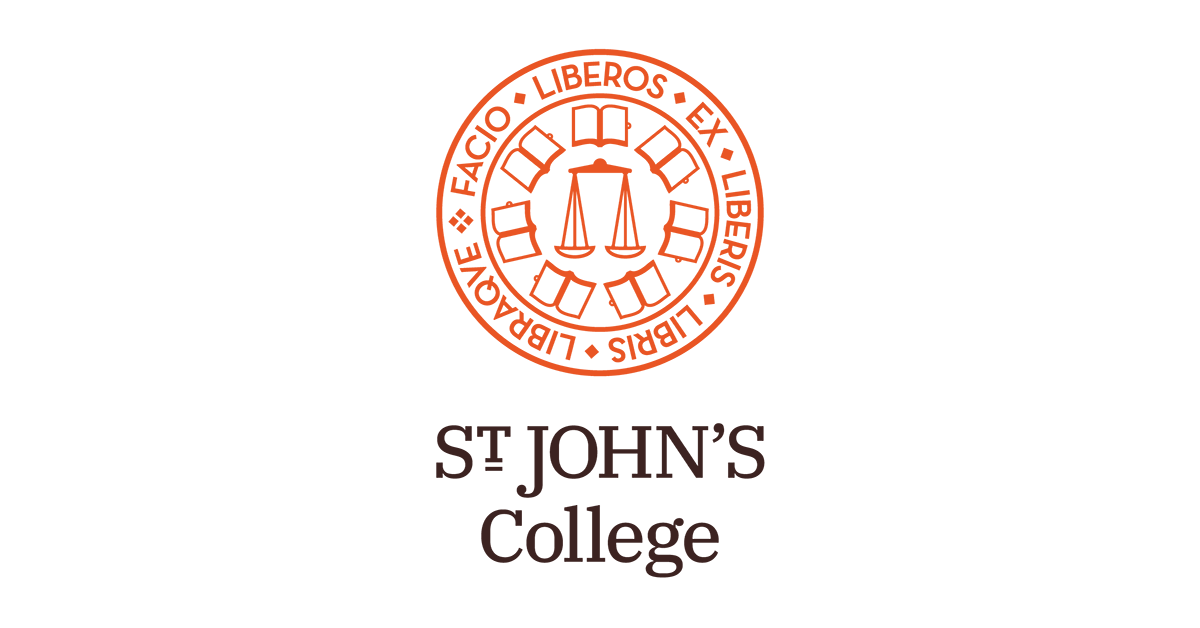MALA Program Requirements
The 36 credit-hour Master of Arts in Liberal Arts (MALA) program at St. John’s College offers a rigorous, four-semester curriculum centered on the great works of Western thought. Designed with flexibility in mind, the program can be completed full-time or part-time, in-person or online, allowing you to progress at your own pace. Throughout, you’ll join a close-knit community dedicated to exploring timeless ideas through deep reading and thoughtful dialogue. The program is organized into five subject-specific segments: Politics & Society, History, Philosophy & Theology, Literature, and Mathematics & Natural Science. Each segment is comprised of two three-credit courses, seminar and tutorial, and students are required to take four of the five segments. The remaining coursework is comprised of three-credit preceptorial (elective) classes.

